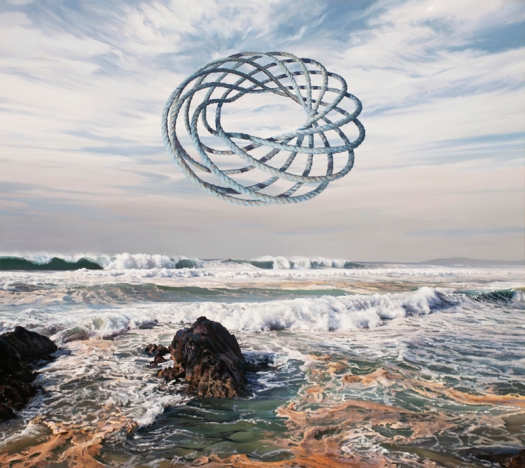“Inspiration Is for Amateurs—The Rest of Us Just Show Up and Get to Work”
Chuck Close
I’ve been thinking a lot recently about how small changes in habits can have a profound impact in what we are able to achieve across all aspects of our lives.
Mason Currey‘s book ‘Daily Rituals‘ is an interesting collection of observations of the daily routines of many of the great creators and provides an interesting insight into the lives of people who need to develop a body of work. What is apparent across almost all of these examples is commitment to showing up and getting to work. Not too much lolling around waiting for the muse to visit, just simply a matter of putting in the time whether they feel like it or not.
This attitude of ‘show up and do the work’ makes me realize that doing something every day, regardless of how small it is will could eventually yield substantial results. The simple act of writing 500 words everyday will mean that you will have written over 25,000 words for the year. Not too shabby.
A photo a day projects were very popular a year or two ago and seem to be unsustainable to me but doable for a month or one photo shoot a week for a year would both result in a body of work that you could do something useful with.
Changes in other parts of your life would also mean potentially useful changes. 30 grams of protein within 30 minutes of waking up had a big impact on my weight loss. Meditating before your day gets going or journaling at the end of the day could lead to more positive changes in your outlook and getting more done.
What small change could you incorporate on a daily basis that would move you in the direction of your goals?
Jump to minute 19:00 of the video below to hear Mason Currey talking about his book ‘Daily Rituals’






